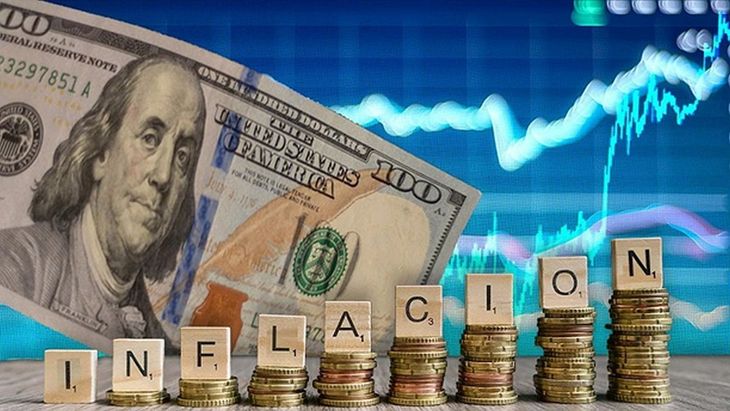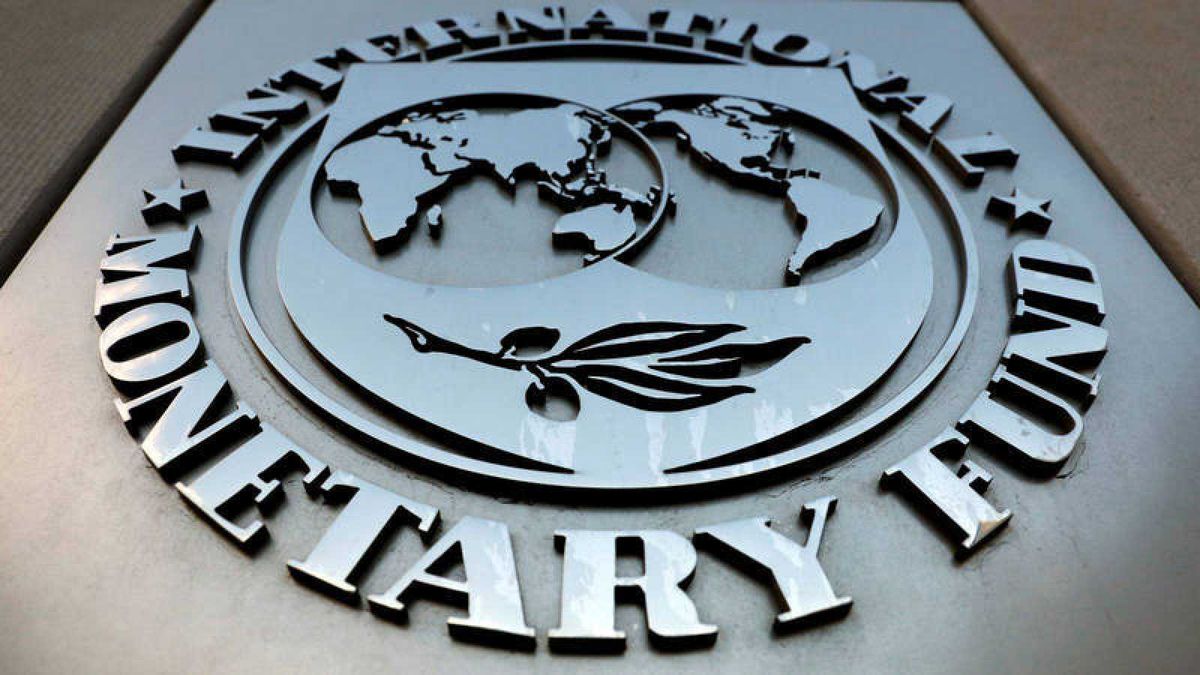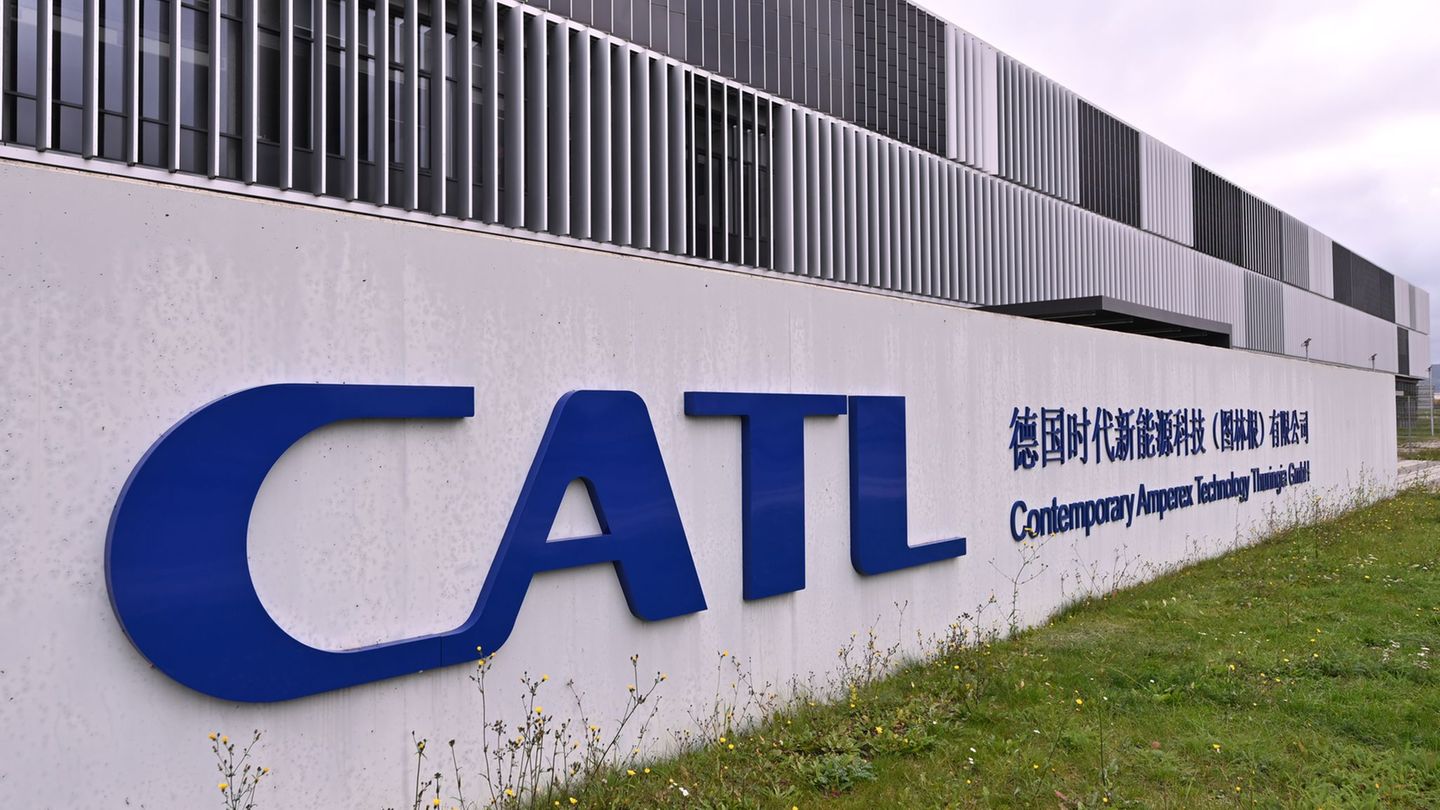The latest episode at a global level offers readings on monetary policy that central banks should take into account. What are the new teachings and those that are still valid? How can central banks improve Phillips curve analysis to make monetary policy more effective?
The escalation of global inflation in the last three years after an exceptional disturbance in the world economy, left some lessons from which economic policy makers, and monetary policy makers in particular, have a lot to learn. For this reason The International Monetary Fund (IMF) considered it useful to incorporate these lessons into the economic analysis model. It turns out that the pandemic lockdowns initially led to a shift in demand from services to goods, but this shift coincided with an unprecedented fiscal and monetary stimulus that boosted demand and, in fact, many companies were unable to increase production as much as they did. quickly enough, leading to mismatches between supply and demand and rising prices in some sectors.
The content you want to access is exclusive to subscribers.
For example, IMF economists Álvarez, Musso, Natal and Wende cite, ports reached the limit of their capacity or even exceeded it, in part due to staff shortages caused by the pandemic, so that when the demand for goods skyrocketed, there were delays in the delivery of orders. But as economies reopened, demand for services re-emerged strongly, and the Russian invasion of Ukraine caused a sharp rise in commodity prices, which in turn drove global inflation to its highest level since the 1990s. 1970.


The Fund’s technicians reflected on this episode and drew lessons for monetary policy:
Beyond traditional analysis
“To understand the recent global rise in inflation, the analysis must go beyond traditional macroeconomic aggregates. Our model shows how strong inflation spikes in specific sectors were integrated into core inflation, a less volatile indicator that excludes food and energy. Key to our analysis is the interaction between strong demand and the bottlenecks and shocks that occurred in specific sectors. These caused strong changes in relative prices that gave rise to an unusual dispersion of prices,” explain the Fund’s economists.
In more or less academic terms, the analysis shows that when supply bottlenecks became widespread and interacted with high demand, the Phillips curve (the main indicator of the relationship between inflation and economic slack) became steeper. and moved up. Thus, the increase in the slope of the Phillips curve meant that relatively small changes in idle capacity could have a considerable effect on inflation. This brought with it some bad news and some good news: The bad thing is that inflation skyrocketed, since many sectors were affected by restrictions on productive capacity, and the good thing is that inflation could be stopped at a cost. lower in terms of product loss.
INFLATION AND DOLLAR.jpg

The Fund’s technicians reflected on inflation cycles worldwide.
The new and the old lesson
This last observation is the origin of the new lesson: “when widespread, supply bottlenecks can provide an advantage to central banks facing a sharp increase in demand. As the slope of the Phillips curve increases in such cases, the unwinding of monetary policy may be especially effective in rapidly reducing inflation with limited costs in terms of output.” However, when bottlenecks are limited to specific sectors with relatively flexible prices, such as raw materials, the Fund’s model recalls a well-known lesson: “The standard practice of focusing monetary policy on indicators of underlying inflation remains appropriate. In such cases, excessive tightening of monetary policy can be counterproductive, causing costly economic contraction and inefficiencies in resource allocation.”
Therefore, in light of these observations, “Central banks’ monetary policy frameworks should identify situations in which it is appropriate to concentrate the withdrawal at the initial stage. This requires expanded models and better sector data to measure underlying inflationary forces, increase the accuracy of forecasts and guide the adjustment of monetary policy responses,” they advise. So a first step in the right direction might be to collect more frequent data on sector prices and supply constraints to determine whether major sectors are suffering from supply bottlenecks. Likewise, understanding structural factors, such as how different sectors set prices and the links between them, would provide valuable additional information.
IMF economists report that several central banks are already planning to review their monetary policy frameworks in the coming months. “These reviews are an opportunity to include well-defined exception clauses in their frameworks, with a view to addressing inflationary pressures when the slope of the aggregate Phillips curves increases. In these situations, the communication on the future direction of monetary policy should internalize the exception clauses and allow the concentration of tightening in the initial stage.” That additional flexibility should allow central banks to be better prepared in the future and help protect their hard-earned credibility, they say.
Source: Ambito
David William is a talented author who has made a name for himself in the world of writing. He is a professional author who writes on a wide range of topics, from general interest to opinion news. David is currently working as a writer at 24 hours worlds where he brings his unique perspective and in-depth research to his articles, making them both informative and engaging.




